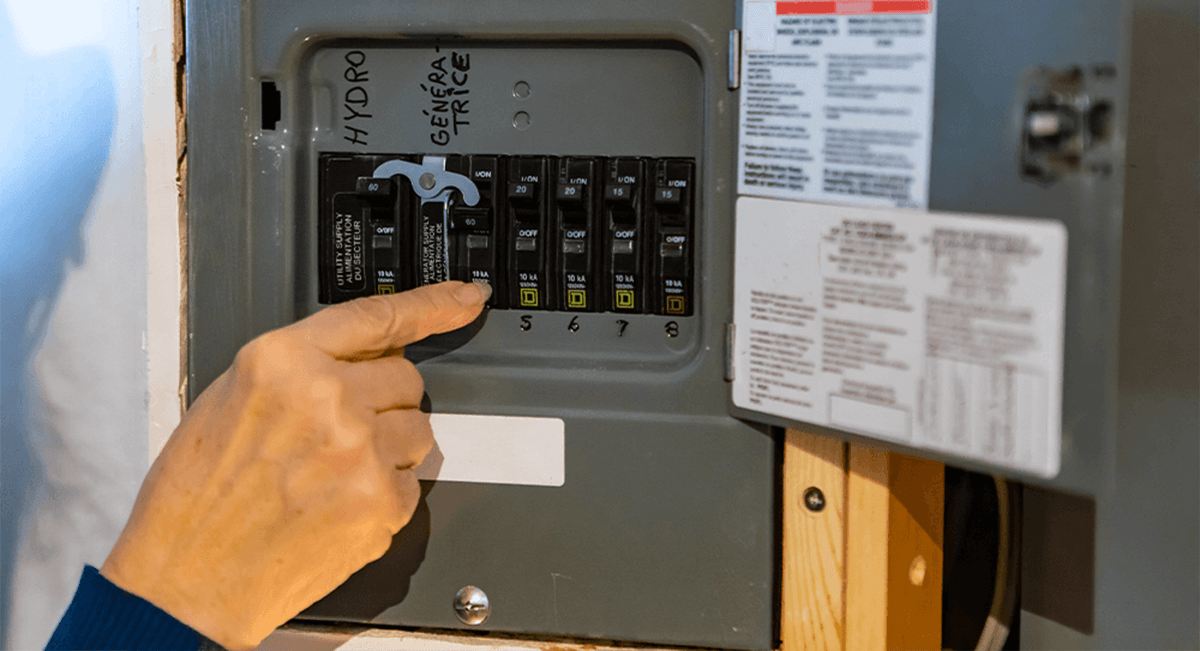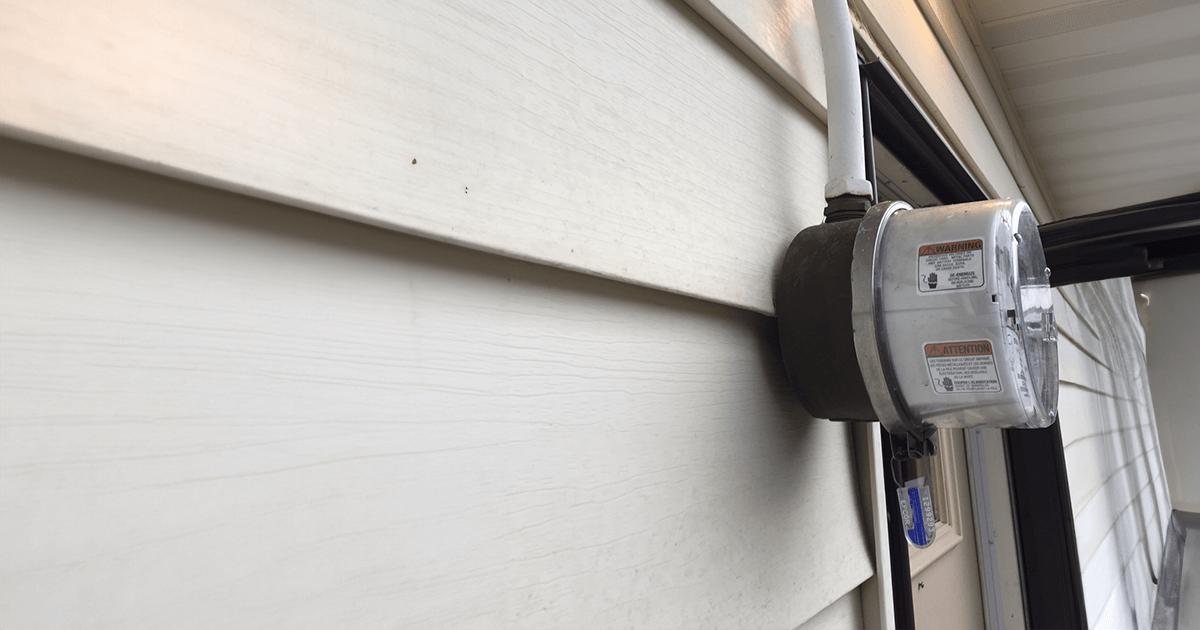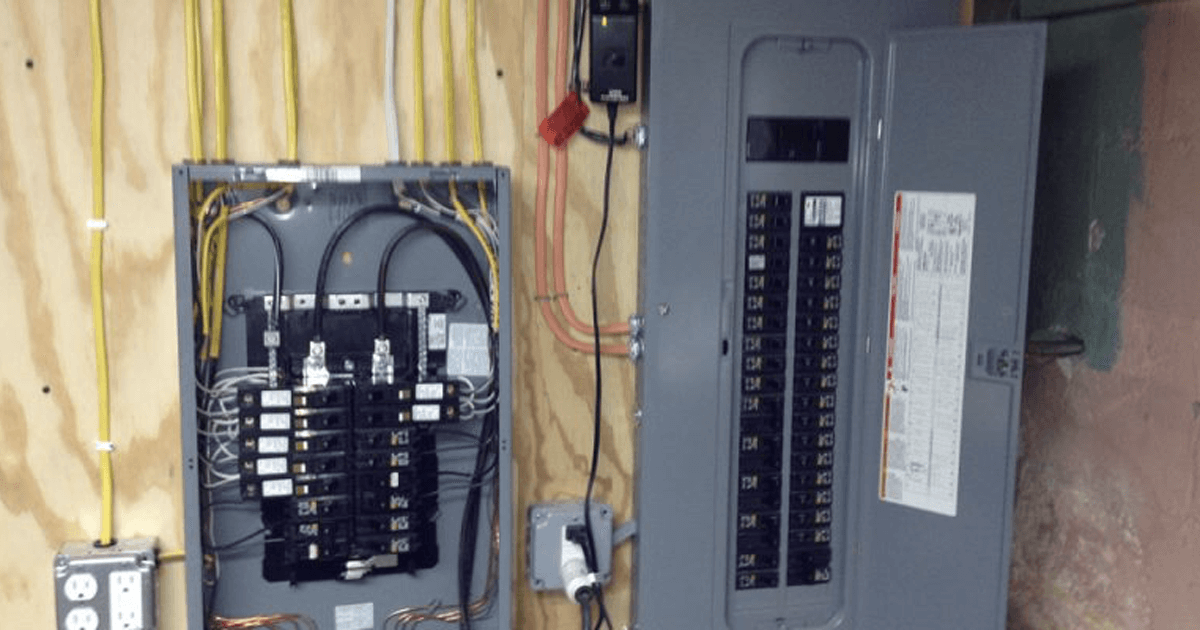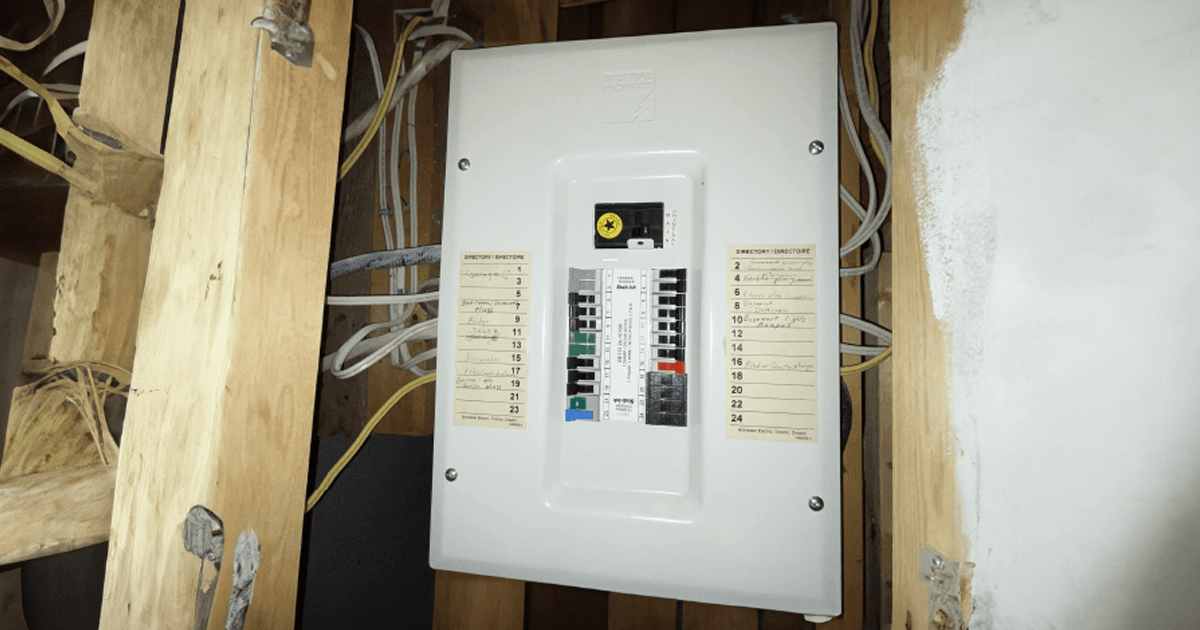At the turn of the last century, when electricity was relatively new to Alberta, the initial 120-volt 30-amp overhead electrical services that traversed our yards from the pole in the back alley used to be protected by glass fuses. These early residential electrical services were sufficient for supplying lights and early appliances. As technology evolved and our demands grew, electrical equipment also evolved, leading to the invention of electrical breaker panels.
The History of Electrical Panels
Initially, the first breaker panels were manufactured by Federal Pioneer or Square D. These panels consisted of four breakers in a small metal box, usually located by the back door of the house. Today, residential electrical panels can have up to 84 circuits and be supplied with 200 amps of power.
Should I Upgrade My Old Electrical Panels?
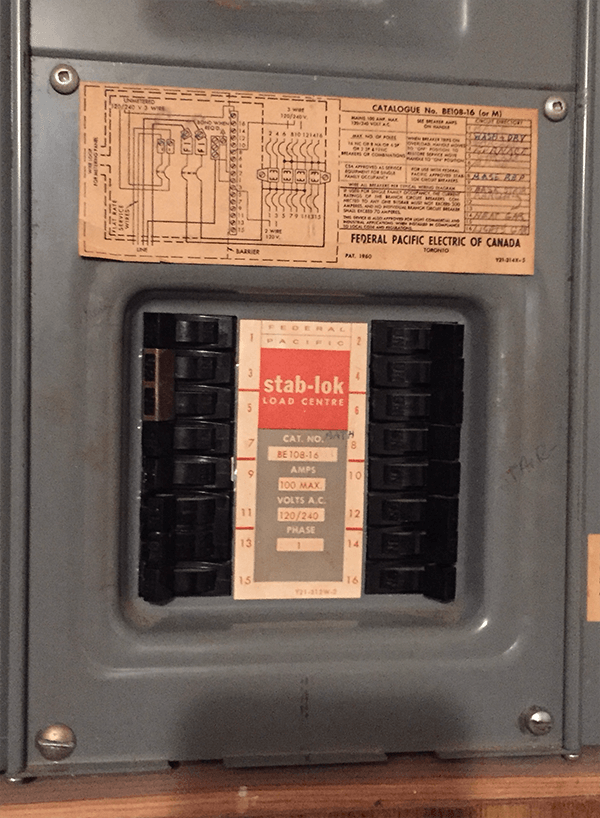
This brings me to the focus of this article: one of the most common questions I receive from homeowners moving into newly purchased older homes is, “Should I upgrade my old panel to a newer one?” Many older panels have a maximum of 16 or 24 spaces for circuits.
There are three ways I can respond to this question. The first is space-saving breakers—these are breakers for specific manufacturers that take the spaces of a single breaker but have two handles. This means that a single space in a panel can now accommodate two circuits, solving the problem of a lack of space. A 24-circuit panel can now accommodate 48 circuits.
The second option is to install a small panel (sub-panel) beside the existing one. This expands the capabilities of the electrical system by providing the capability to install additional circuits. However, one problem is that sub-panels are often installed with limited capabilities, potentially causing issues when planning major renovations like a kitchen remodel.
The third option is to replace the existing panel with a new, larger one. The advantage here is that any new additional circuits needed can be fed from the 100 amps supplied to your home.
It’s advisable to seek advice from an electrical contractor you trust when making these decisions. Spending a little more on upgrading the complete panel might be more cost effective than installing a potentially useless sub-panel.
Talk To The Experts
Another common question is, “Do my old breakers need to be replaced?” Over time, everything deteriorates. If you bought an older home with original breakers, changing them for new ones is a wise choice. Breakers that have tripped numerous times may weaken and trip more easily than new ones, indicating the need for replacement. Unfortunately, some panel manufacturers have stopped producing breakers, making replacement challenging. In such cases, panel replacement becomes inevitable. Consult with a knowledgeable electrician before making any decisions.


